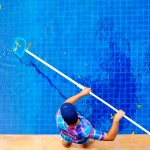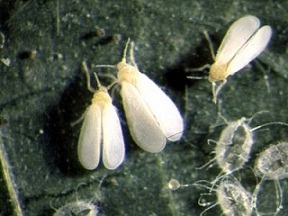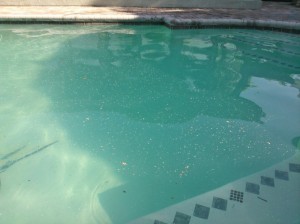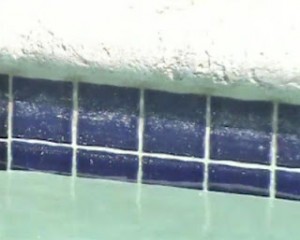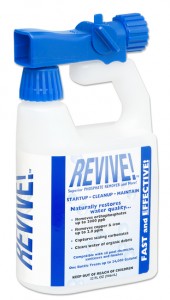Fix Your Green Pool in 8 Easy Steps
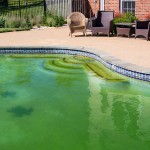
It’s time to open those pools for summer! Many people will find opening their pool an extra hassle when they discover a green, murky pool. Have no fear, APi Water is here! Follow these steps, using some of our amazing APi products and your pool will be in shape for summer in no time!
- Net as much organic matter as possible from the bottom of the pool (even if you can’t see the bottom)
- Brush all walls to break algae lose from the walls.
- Shock pool at a rate of 4# per 10,000 gallons or 4 gallons liquid per 10,000 gallons with the pump running on recirculate.
- Add 1 gallon of muriatic acid per 20,000 gallons of pool water by pouring around the perimeter of the pool.
- After 30 minutes of circulation, turn off pool pump, spray a double dose of Revive!® (2 quart bottles for 24,000 gallons) over the surface of the pool.
- Manipulate timer to not turn the pump on while treating with Revive. If the pump comes on the cleanup will be delayed.
- Return to pool in 24 to 72 hours (depending on temperature of the water, debris drops slower the colder the water temperature, 24-30 hours is normal) and vacuum debris to waste.
- Balance pool ASAP and introduce EZ-POOL per instructions on Pail.
